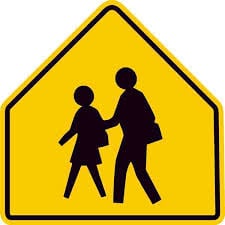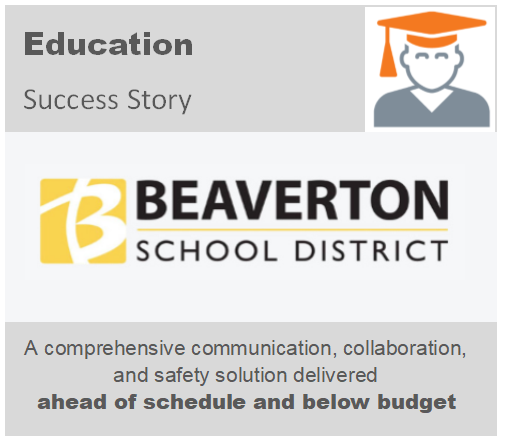 Emergencies can come in many forms, but the fact is: they WILL come.
Emergencies can come in many forms, but the fact is: they WILL come.
Preparing for this reality can make all the difference for our children, teachers, and administrators. Whether the threat comes from natural, biological, technical, or human factors, incidents and emergencies are on the rise in our schools.
Is your school truly prepared?
{{cta(‘1f807159-bc2a-4b20-839f-c8dd84411461′,’justifycenter’)}}
FEMA (Federal Emergency Management Agency) has introduced a detailed guide to help schools prepare an emergency plan.
This planning guide shows how crucial communication is to an effective school safety plan– before during, and after an incident. It highlights the need to consider both internal and external communication when developing the protocol, with an entire section devoted to this vital factor.
FEMA’s multi step school emergency plan on several aspects of emergency response, including planning, practicing evacuation drills, and setting up ways to handle both on-site and off-site communications.

Below are just a few of the necessary communication factors brought out in FEMA’s planning guide. School planning committees should carefully consider each of these factors when developing the emergency communication protocol, as well as whether their unified communications system can carry out these vital functions.
5 Key Considerations for an Emergency Communications Plan :
1. E- 911 Integration: How does the school’s communications system integrate into the local disaster and response law enforcement communication networks? (e.g., fire department and law enforcement staff). Does it automatically register the location of the originating call? Is it embedded in the phone system? Any phone on campus should be able to dial 911 and show the location of the caller, without having to dial out.
2. Intuitive and Easy to Use: Can a child or a person under duress operate the equipment easily? Will any teacher or faculty member be able to initiate emergency protocol quickly and easily? Ensure relevant staff members can operate communications equipment, and all phones are within reach and easily utilized by people of any age.
3. Parent Notification: Consider how the school will communicate with students, families, and the broader community before, during, and after an emergency. does the current system have the ability to send out mass notifications when time is of the essence?
4. Multi-platform: Are the notifications and alerts deliverable by multiple means? Can messages and information be delivered by landline, text, email, etc.? Account for technology barriers faced by students, staff, parents, and guardians.
5. Accessible and Compliant: Ensure effective communication with individuals with disabilities and others with access and functional needs (e.g., coordinating with first responders and local emergency managers).
At a recent Department of Education conference, Peggy Stahl, chief of FEMA’s Outreach Branch and Preparedness, Training and Exercises Directorate, told attendees that there is a new awareness in schools and communities regarding the importance of emergency preparedness. “And it is not only natural disasters that are providing the wake-up call but also the far too numerous tragic incidents of school violence,” she said. “The message has been clear that school crisis response support programs are needed, [programs that] include a ‘FEMA-type’ response with more federal assistance for the school and community when there is an incident of violence.”
Following FEMA’s practical advice and developing a plan is the important first step in protecting the staff and students of your school, but a plan is only effective if it can realistically be carried out.
- Are your school’s phones able to carry out the functions of your emergency plan?
- How easily can staff or students use your phone system?
- Is there an embedded emergency notification system?
- If so, will anyone be able to intuitively initiate these notifications?
In an emergency, will your phone system be able to protect your students and staff? Don’t let an outdated phone system put your school in danger.
Download our info graphic to learn more about what factors to consider regarding the safety and security of your school’s phone system.
Schedule time with an experienced communications consultant to see whether your current system will be an asset or a liability in case of an emergency.
Need an update but don’t have the budget? Contact us for special tax-free deferred payment pricing available only for schools!








